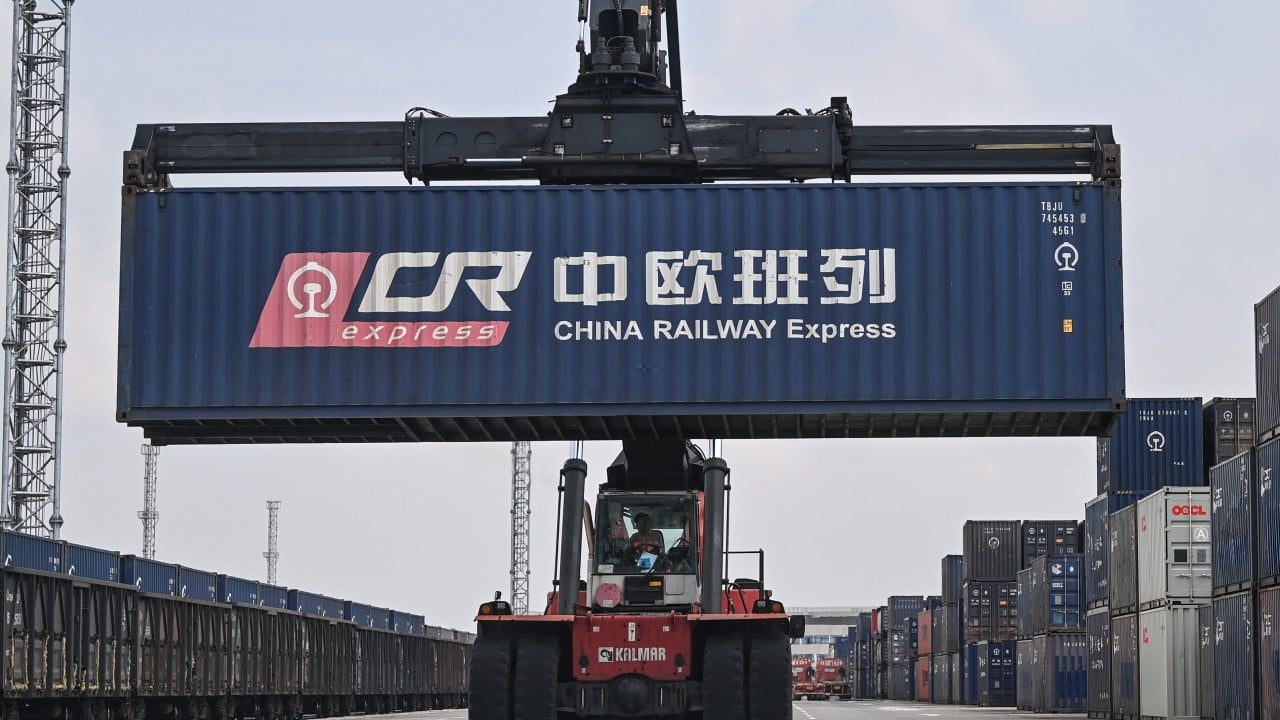Explainer | China’s exports set to ‘defy’ tariffs: 5 takeaways from May trade data as shipments rose
If you would like to see more of our reporting, please consider subscribing.
1. Surging exports set to defy tariffs
China’s exports beat expectations and rose by 7.6 per cent from a year earlier to US$302.4 billion in May.
Analysts at Capital Economics said China’s export values rose at the fastest year-on-year pace since April 2023, with export volumes also picking up.
“We think exports will remain strong in the coming months, defying the expansion of Western tariffs,” they said.
Junyu Tan, a regional economist for North Asia with credit insurance company Coface, said China’s exports in May expanded due to a lower base from the previous year, while shipments of cars, ships and electronics “remained solid”.
2. Domestic demand ‘imbalance’ dampens imports
China’s imports rose by 1.8 per cent from a year earlier, compared with an 8.4 per cent increase in April.
“Import volumes were little changed last month, but they will probably rise soon, with increased government spending supporting the import-intensive construction sector,” said analysts at Capital Economics.
The “significant” slowdown was partly due to softer global energy prices and a higher base, but the mixed trends across products still hinted at an imbalance in domestic demand, said Tan at Coface.
3. Exports boosted by ‘diversified trading portfolio’
China’s exports to the Association of Southeast Asian Nations (Asean) rose significantly in May, by 22.5 per cent – the highest monthly growth rate since March 2023.
Shipment to the United States also reported the first year-on-year rise in three months, having increased by 3.6 per cent in May.
Exports to Russia, meanwhile, fell in May by 1.96 per cent, year on year, following a double-digit decline in April.
“The resilience of exports stemmed not just from the improving global manufacturing activities and electronics cycle, but also from a more diversified trading portfolio,” said Tan at Coface.
“The rebound in export growth to emerging economies, especially to Asean, has mitigated the improving but still weak demand from the US and EU.”
4. Trade surplus widens
China’s trade surplus stood at US$82.6 billion in May, compared with US$72.4 billion in April.
“The trade data came out in the direction we were expecting, with exports rebounding and imports slowing,” said Lynn Song, chief economist for Greater China at ING. “While export growth was in line with our forecasts, imports came in weaker than expected, which resulted in a better-than-expected trade surplus for the month.
“Overall, May’s data is supportive for this year’s second-quarter GDP growth, as the trade balance came in a little stronger than expected.”
5. Tariffs ‘unlikely to threaten exports’
Analysts at Capital Economics expect China’s exports to remain strong in the coming months, supported by a weaker real effective exchange rate, and they anticipate double-digit growth in export volumes this year, which could allow the overall economy to grow by 5.5 per cent.
“Foreign tariffs are unlikely to immediately threaten exports; if anything, they may boost exports at the margin as firms speed up shipments to front-run the duties,” they said.
“Even once tariffs are in force, their impact could be mitigated through trade re-routing and adjustments in the exchange rate.”
They also expect imports to increase in the coming months due to a fresh wave of fiscal support, which is likely to bolster construction activity, driving up demand for industrial commodities.
Analysts at Nomura expect export growth to further rise in June, and to likely remain high over the next few months.


